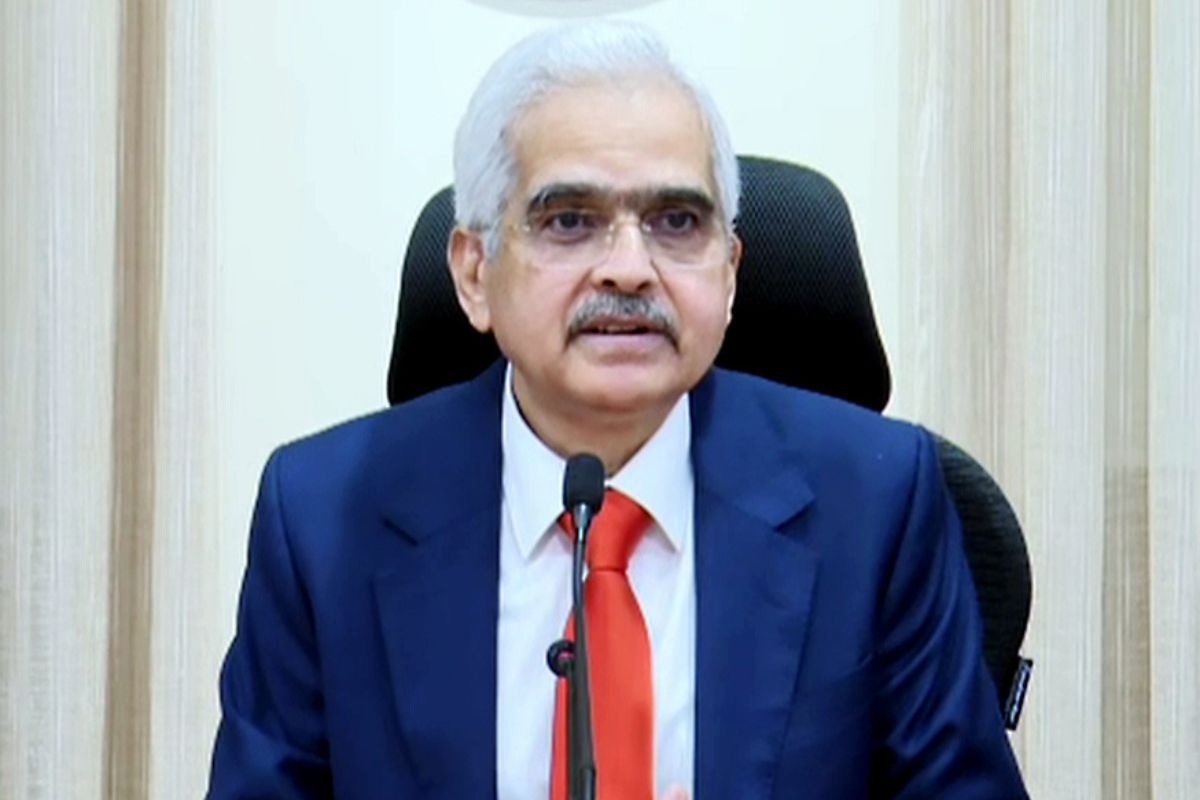Reserve Bank of India (RBI) Governor Shaktikanta Das said on Tuesday that strengthening core fundamentals is the best buffer against ongoing global uncertainties.
Speaking at an event in Nepal Rastra Bank, Kathmandu, he said the foremost lesson is that strengthening one’s fundamentals is the best buffer against global spillovers in today’s uncertain world.
Advertisement
“The fundamentals would include a commitment to an inflation target, maintaining buffers in the form of reserves, and following a prudent and forward-looking approach in financial sector policies. This approach, together with prudence in fiscal management, will go a long way in enhancing the resilience of the emerging market economies (EMEs),” he said.
He said EMEs have exhibited greater resilience, unlike previous episodes. “Notably, all traditional drivers of EME crises of the 20th century were present in the last few years, but the EMEs have probably learned from their experience and played it well this time.”
While the resilience of EMEs will be tested in the face of new challenges cropping up frequently, some lessons can be drawn as central banks prepare for the rest of the 21st century, he added.
Further talking about the Indian context, the Governor said, “I wish to highlight some aspects of the Reserve Bank’s approach that have worked well for us. We have not only managed to shield the Indian economy from multiple shocks in the last few years but have also enabled it to emerge stronger from the crisis.”
“The Indian economy today demonstrates vastly improved macroeconomic fundamentals and buffers,” he highlighted.
“Unlike many central banks which are narrowly focused on price stability using monetary policy, the Reserve Bank has a wider canvas of functions.
“It is not just responsible for maintaining price stability, but also has the larger responsibility of maintaining financial stability as the regulator and supervisor of banks and other financial sector entities, financial markets and payment systems.
Das said this helps us to take a holistic view of the economy, appreciate the synergy and trade-offs involved in various objectives, and act appropriately using multiple instruments at our disposal.











